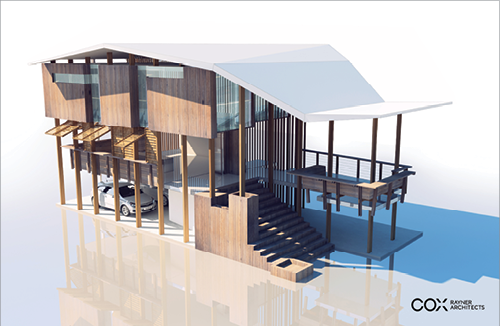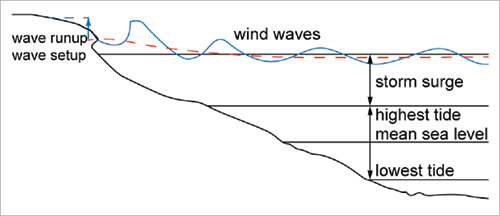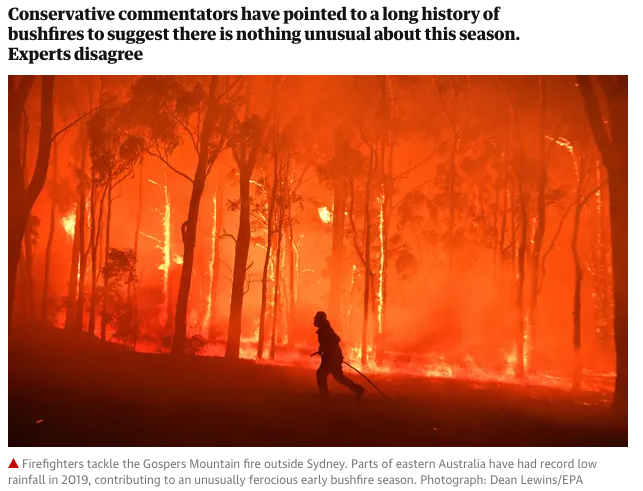As the climate crisis worsens and conflict increases over scarce resources expect more threats to authentic democracy.
In The Maldives
 |
| President Abdulla Yameen of the Maldives. AFP/Getty |
"According to a 2017 study published in The Lancet,
extreme weather could displace up to a billion people around the world
by the middle of the twenty-first century—an unprecedented human
migration will undoubtedly influence the politics of wealthy countries,
pushing them to the right.
The best way to counteract this phenomenon is naturally to halt, or at
least slow, the effects of climate change. So far, the Paris agreement
is the only tangible result of those efforts, and its fate is far from
certain ............. But this might change, if the problems caused by climate change—not
just stronger hurricanes, droughts, and rising seas, but political
rupture—keep washing up on the disappearing shorelines of wealthy
governments."
Go to The New Republic article
Around the world
"In its
5th Assessment Report (2014), the
Intergovernmental Panel on Climate Change (IPCC)
unequivocally confirmed that climate change is real and that human-made
greenhouse gas emissions are its primary cause. The report identified
the increasing frequency of extreme weather events and natural
disasters, rising sea-levels, floods, heat waves, droughts,
desertification, water shortages, and the spread of tropical and
vector-borne diseases as some of the adverse impacts of climate change.
These phenomena directly and indirectly threaten the full and effective
enjoyment of a range of human rights by people throughout the world,
including the rights to life, water and sanitation, food, health,
housing, self-determination, culture and development."
Go to the ohchr.org story
In Australia

"Scott
Morrison (Australia's Prime Minister) has signalled a crackdown on
“selfish, indulgent and apocalyptic” environmental activists."
Go to The New Daily story
Go to The Guardian story
Our democratic freedoms are under threat in Australia and around the world.
 |
| Australian Federal Police raid the ABC offices |
"Source confidentiality is one of journalists’ most central ethical principles. It is recognised by the United Nations and is vital to a functioning democracy and free, independent, robust and effective media.
Go to The Conversation article
"If the major parties and politicians want to rebuild trust with voters,
they will need to change the way they do politics: stop misusing their
entitlements, strengthen political donations laws, tighten regulation of
lobbyists, and slow the revolving door between political offices and
lobbying positions."
Let's
safeguard our democratic institutions such as free speech, restrictions
on overwhelming amounts of corporate donations to political parties,
freedom to protest, freedom to privacy, freedom to gather.
In the USA
"As heat, disaster risks, and rising seas bombard local governments, the
ability of those governments to fulfill their basic functions—the
delivery of services, the maintenance of the safety net, and managing
civil, familial, and educational institutions—could be degraded, too.
This could manifest in three distinct phenomena that are already on
display in disaster-affected areas: the increased dominance of private
and developer-class interests in local politics, the acceleration of
existing wealth inequality, and the collapse of institutions dedicated
to disaster response."
Go to The Atlantic article
Prominent media corporations are supporting climate deniers, fossil fuel dependent corporations and corporations whose profits depend on degrading the human environment.
Let's care for our vulnerable.
Lets support action plans (see below) to tackle climate change.


















































